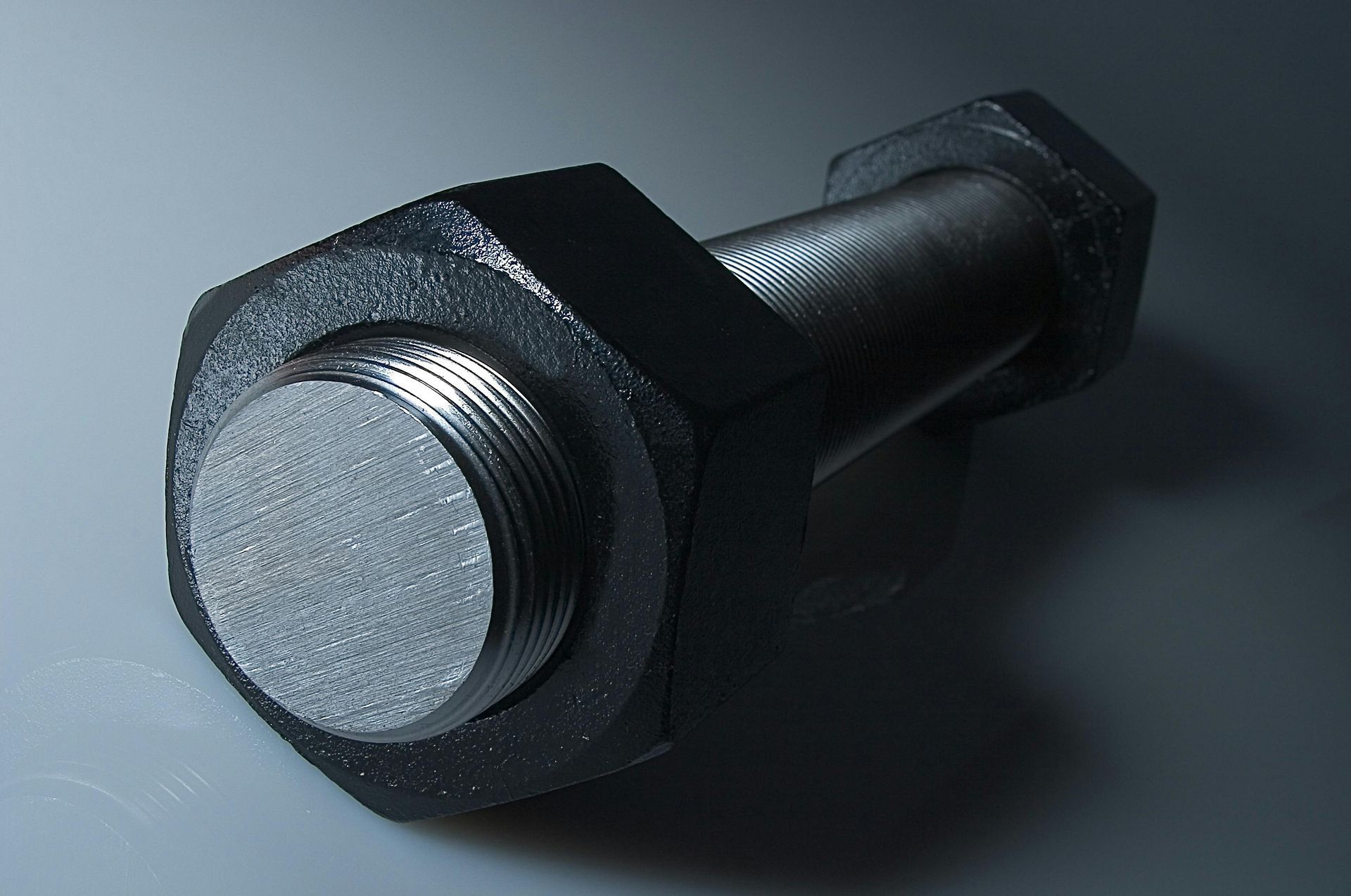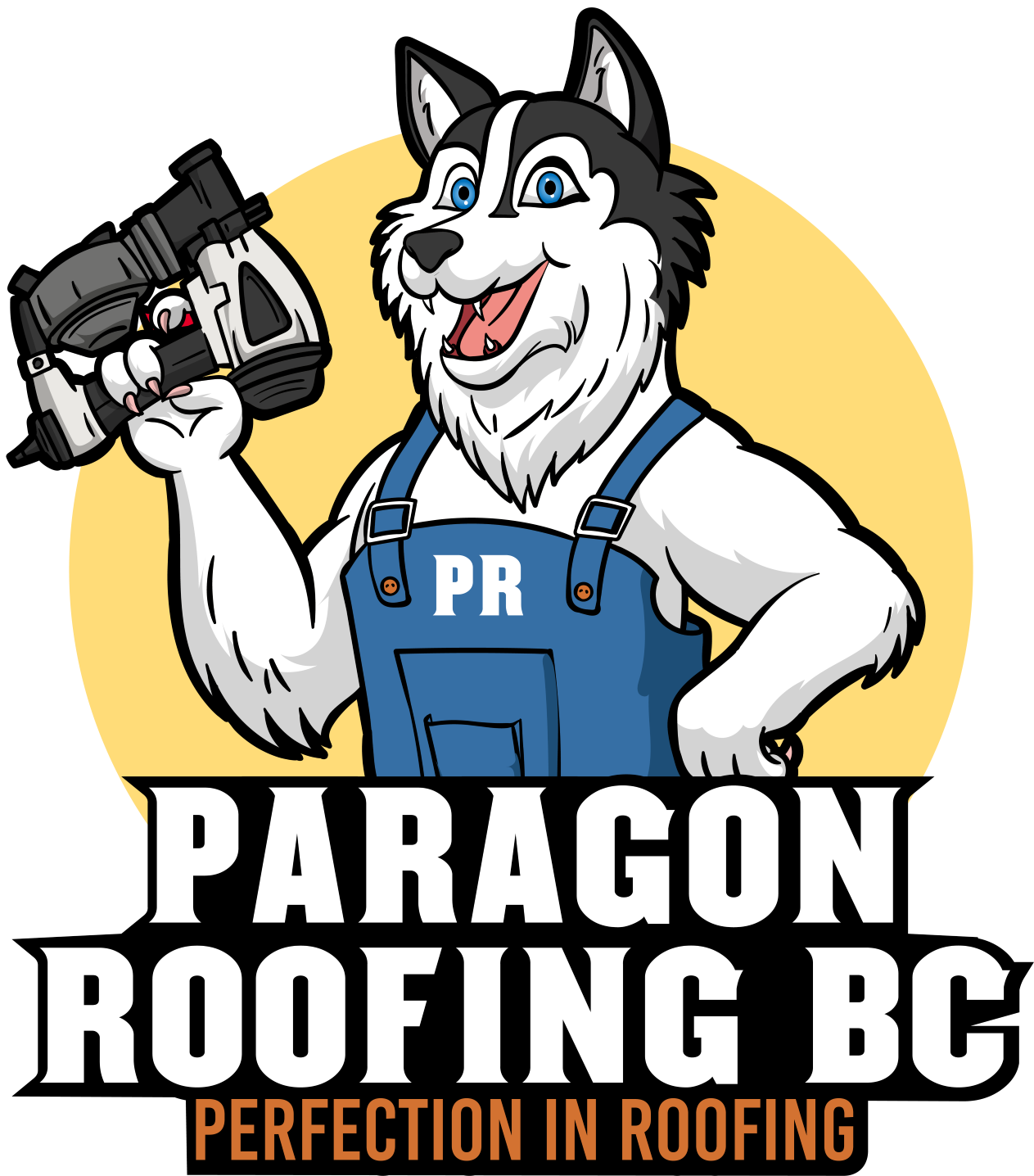Open-metal vs. closed-cut roof valleys in Vancouver — which actually works
In Vancouver’s wind-driven rain, open-metal valleys shed water best; closed-cut valleys work on steeper, simpler roofs but rely more on meticulous cuts and hidden flashing. For low-slope shingle areas, stick to open metal with full valley lining and self-adhered membrane. ([rpm.rcabc.org][1], [professionalroofing.net][2], [Roofing Contractors Association of BC][3])
Need help with roofing in Vancouver ? Get a same-week assessment.
- Choose open metal for heavy rain, complex planes, or low slopes.
- Line valleys with continuous metal; add self-adhered membrane.
- Use closed-cut only on steeper, debris-light roofs—execute perfectly.
- Keep a clear water path; avoid centerline splices.
- Tie-in eaves, rakes, and wall flashings shingle-fashion.
| Factor | Open-metal valley | Closed-cut valley |
|---|---|---|
| Water capacity in storms | Highest—smooth metal channel | Good—but relies on tight cuts, hidden metal |
| Debris tolerance | Better—less turbulence, easier to clean | Lower—shingles can snag needles/grit |
| Low-slope suitability | Preferred/required in cases | Not suited on marginal slopes |
| Aesthetics | Exposed metal line | All-shingle look |
| Craft sensitivity | Moderate—clear, repeatable details | High—tiny mistakes show up in storms |
—
Vancouver’s reality: long wet spells and wind that drives rain sideways. Annual rain at the airport averages ~ 1,189 mm, and wind-driven rain is a recognized envelope design load in local guidance. Valleys collect that water and accelerate it; your detail choice decides whether it flows away or creeps sideways under laps. ([Wikipedia][4], [BC Publications][5], [bchousing.org][6])
What each valley type really does (here, not on a brochure)
Open-metal valleys (why they win our storms)
An exposed, formed metal trough handles peak volume and sheds splash without turbulence from overlapping shingle edges. Proper execution adds layers of safety:
- Continuous valley metal(NRCA recommends wide liners with overlapped joints sealed) becomes the primary watershedding plane. Shingles then “dress” the edges. ([professionalroofing.net][2])
- The RCABC details for open valleys show shingle-fashion sequencing, generous laps, and formed metal that stays flat—no “speed bumps” that dam water. ([rpm.rcabc.org][1])
- On low-slope shingle conditions, local consumer guidance is blunt: only open valleys are permitted. That’s because slow water demands a slick, resilient path—metal, not cut tabs. ([Roofing Contractors Association of BC][3])
- Manufacturers and trade manuals also lean open in demanding setups or with heavy/thick architectural shingles(they don’t bend cleanly across a valley; open keeps them out of the torrent). ([asphaltroofing.org][7])
Where I’d default to open metal in Vancouver:
- Roofs with long valley runs feeding large plan areas.
- Any valley discharging into windward rakes or wall upstands.
- Homes under conifers (needles and cones) where a smooth trough matters.
- Borderline slopes(the lower the pitch, the more open metal makes sense).
- Complex intersections (dormers, offsets) where predictable water paths trump cosmetics.
Closed-cut valleys (when “all-shingle” works)
Closed-cut valleys hide the metal below shingles. One plane runs through; the opposing plane is cut back from the centerline to expose a neat shingle edge. In clean weather they look great; in Vancouver weather they depend on exacting craft:
- A full valley liner and self-adhered membrane still belong beneath; the shingle surface is not the only defense. (NRCA and RCABC illustrate underlayment + metal even when the finish is closed-cut.) ([professionalroofing.net][2], [rpm.rcabc.org][8])
- The cut must remain off the centerline, and the underlying shingle on the through-plane must be continuous—no pieces landing on the water line. RCABC’s closed (cut) valley detail shows these fundamentals. ([rpm.rcabc.org][9])
- Heavy, laminated shingles are harder to keep flat at the cut. ARMA notes open valleys are preferred for very thick shingles—closed cuts can look lumpy and fight the water path. ([asphaltroofing.org][7])
Where closed-cut can be appropriate here:
- Steeper pitches with short contributing areas and good drainage.
- Debris-light sites with minimal needle load.
- Homeowners prioritizing an all-shingle look— and willing to insist on textbook execution.
The Vancouver context you can’t ignore
This city doesn’t hammer you with blizzards; it soaks you for months. Climate normals put YVR around 1.2 m of rain annually, and North Shore microclimates can double that. Building-envelope guidance here explicitly accounts for driving-rain wind pressure —the thing that pushes water up and sideways at laps, exactly where valley details live. The safer your valley’s physics, the calmer your winters. ([Wikipedia][4], [BC Publications][5])
Anatomy of a storm-proof valley (open or closed)
- Self-adhered membrane(ice-and-water) full-length in the valley—no centerline seams.
- Valley metal liner: wide, lapped shingle-fashion, joints sealed; flat with the roof plane to avoid dams. (NRCA prescribes wide metal and sealed overlaps for primary shedding.) ([professionalroofing.net][2])
- Shingle integration: in open valleys, keep the cut lines straight and off the centerline; in closed-cut, keep the cut back and the through-plane continuous. RCABC’s open/closed details show both assemblies. ([rpm.rcabc.org][1])
- Edge ties at eaves/rakes/walls that don’t reverse-lap. Valleys often die into a gutter corner or wall—use diverters and kick-outs so volume exits to daylight, not behind cladding. (RCABC perimeter and valley standards emphasize these tie-ins.) ([rpm.rcabc.org][8])
Low-slope and “borderline” pitches: the tiebreaker
When valley pitch flattens, shingle systems lose margin. Local guidance makes the choice easy: open metal only on low-slope shingle conditions, and even there the underlayment and metal become the true roof; shingles are the finish. Don’t force a closed-cut aesthetic onto a slope that wants a trough. ([Roofing Contractors Association of BC][3])
Debris, noise, and appearance (yes, they matter)
- Debris: Metal troughs shed needles better and are easier to clear without damaging shingles. Closed-cut surfaces can trap fines along the cut edge, inviting damp lines in Vancouver’s long wet season. (Field consensus; manufacturer notes on open valleys in heavy-profile shingles reinforce the point.) ([asphaltroofing.org][7])
- Noise: Under storm load, open metal can “ping” if poorly fastened or oil-cans. The cure is proper gauge, fastening, and flat support —all standard in RCABC/NRCA style details. ([professionalroofing.net][2])
- Looks: Closed-cut vanishes into the roof; open shows a crisp metal ribbon. Many owners like the visual line, especially against darker shingles; others prefer invisibility. Either is fine— performance first.
Installation pitfalls (and how to avoid them)
- Centerline splices: Never seam the membrane or metal right where water runs. Lap away from the center and seal the joints. ([professionalroofing.net][2])
- Humps at liner laps: Keep laps thin and flat; dress shingles so water doesn’t hit a speed bump and jump the cut. ([rpm.rcabc.org][1])
- Cut too close to the center: Leave a healthy reveal or setback per detail; the goal is straight flow, not a ragged water edge. ([rpm.rcabc.org][1])
- No diverter where a valley meets a wall/gutter: That corner will recycle water and soak the fascia. Add a diverter/kick-out so flow leaves the assembly cleanly. ([rpm.rcabc.org][8])
Cost and value (Vancouver math)
Open-metal valleys add the cost of exposed flashing stock and a bit of time to cut clean reveals—usually a few hundred dollars per valley on a typical home. The payback is fewer rainy-season callbacks and a longer-lived water path where the roof carries the most volume. Closed-cut is slightly faster and cheaper up front but puts more performance burden on perfect cuts and hidden layers—fine on steep, simple roofs; less ideal on complex ones.
People Also Ask — quick, snippet-ready answers
Which sheds Vancouver rain better: closed-cut or open-metal valleys?
Open-metal valleys. The exposed trough moves peak storm volume with less turbulence and more debris tolerance; it’s also required on certain low-slope shingle conditions. Closed-cut can work on steep, simple roofs—but craft must be flawless. ([rpm.rcabc.org][1], [Roofing Contractors Association of BC][3])
Are closed-cut valleys ever recommended here?
Yes—on steeper pitches with short contributing areas and light debris. Still line the valley with metal and self-adhered membrane, and keep the cut off the centerline per local details. ([rpm.rcabc.org][9])
What does RCABC/NRCA want under the shingles?
A full valley liner with shingle-fashion laps and sealed joints, over self-adhered membrane. The liner is the primary watershedding surface; shingles are the finish. ([professionalroofing.net][2], [rpm.rcabc.org][1])
Why do some manufacturers prefer open valleys?
Thick architectural shingles don’t bend neatly across valleys, and granule wear accelerates at the water line. Many manuals prefer open in those cases for durability and appearance. ([asphaltroofing.org][7])
Does Vancouver’s climate change the choice?
Yes. With ~1.2 m of annual rain at YVR and documented wind-driven rain loads, open-metal valleys offer more margin on complex or low-slope roofs. ([Wikipedia][4], [BC Publications][5])
A simple decision tree
- Low pitch / long valleys / complex intersections? → Open metal.([Roofing Contractors Association of BC][3])
- Steep, simple planes; aesthetics first? → Closed-cut(with full liner + membrane). ([rpm.rcabc.org][9])
- Thick/laminated shingles? → Open metal preferred. ([asphaltroofing.org][7])
- Heavy debris (conifers), windward faces? → Open metal to smooth flow and ease cleaning. ([rpm.rcabc.org][1])
The bottom line
Vancouver valleys aren’t theoretical—they’re rivers in a storm. For most homes here, open-metal valleys are the safest, most forgiving way to move that river to daylight. Closed-cut can be beautiful and durable on the right roof, but it trades some hydraulic margin for aesthetics and demands exacting craft. If your valley sees big catchments, marginal slopes, or heavy wind, choose the metal trough and sleep through November.
Need help with roofing in Vancouver ? Get a same-week assessment.
Sources
- RCABC Roofing Practices Manual — Asphalt shingles: Open Valley and Closed (Cut) Valley construction details; valley & perimeter tie-ins. ([rpm.rcabc.org][1])
- RCABC Consumer Guide — Note on open valleys required for low-slope shingle conditions. ([Roofing Contractors Association of BC][3])
- NRCA — Valley metal as the primary watershedding element; wide liners; sealed laps. ([professionalroofing.net][2])
- ARMA (Asphalt Roofing Manufacturers Association) — Preference for open valleys with heavy/thick shingles; cold-weather notes on bending. ([asphaltroofing.org][7])
- Environment & climate — Vancouver International 1991–2020 normals (precipitation ~1,189 mm); local driving-rain design context. ([Wikipedia][4], [BC Publications][5])
- BC Housing — Coastal B.C. wind-driven rain research confirms façade wetting loads in our climate. ([bchousing.org][6])
[1]: https://rpm.rcabc.org/index.php?title=Asphalt_Shingles_-_Open_Valley
“Asphalt Shingles - Open Valley”
[2]: https://www.professionalroofing.net/Articles/Manual-Elements--07-01-2006/883
“Manual Elements”
[3]: https://www.rcabc.org/wp-content/uploads/Consumer-Guide-to-Roofing.pdf
“A guide for the selection of Roofing Services”
[4]: https://en.wikipedia.org/wiki/Climate_of_Vancouver
“Climate of Vancouver”
[5]: https://free.bcpublications.ca/.../Appendix C Climatic and Seismic Information
[6]: https://www.bchousing.org/publications/Wind-Driven-Rain-Study-BC.pdf
“Wind-Driven Rain Study”
[7]: https://www.asphaltroofing.org/.../Residential-Asphalt-Roofing-Manual
[8]: https://rpm.rcabc.org/index.php/Asphalt_Shingle_System_Details
[9]: https://rpm.rcabc.org/index.php?title=Asphalt_Shingles_-_Closed_(Cut)_Valley
“Asphalt Shingles - Closed (Cut) Valley”




